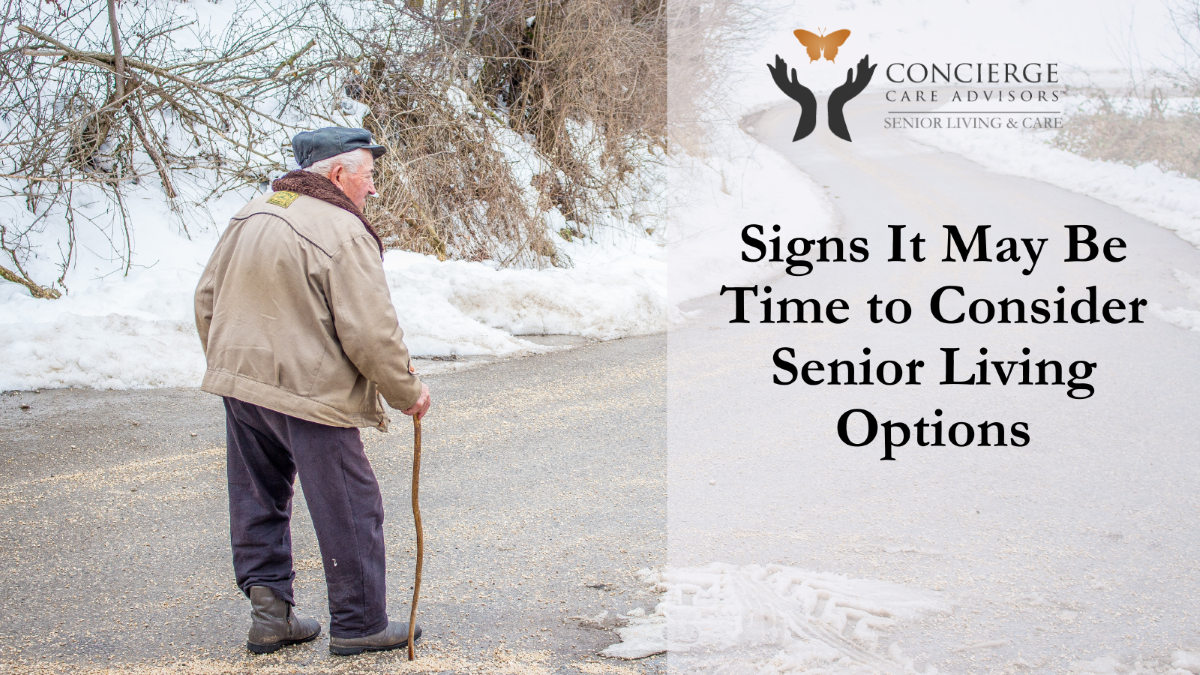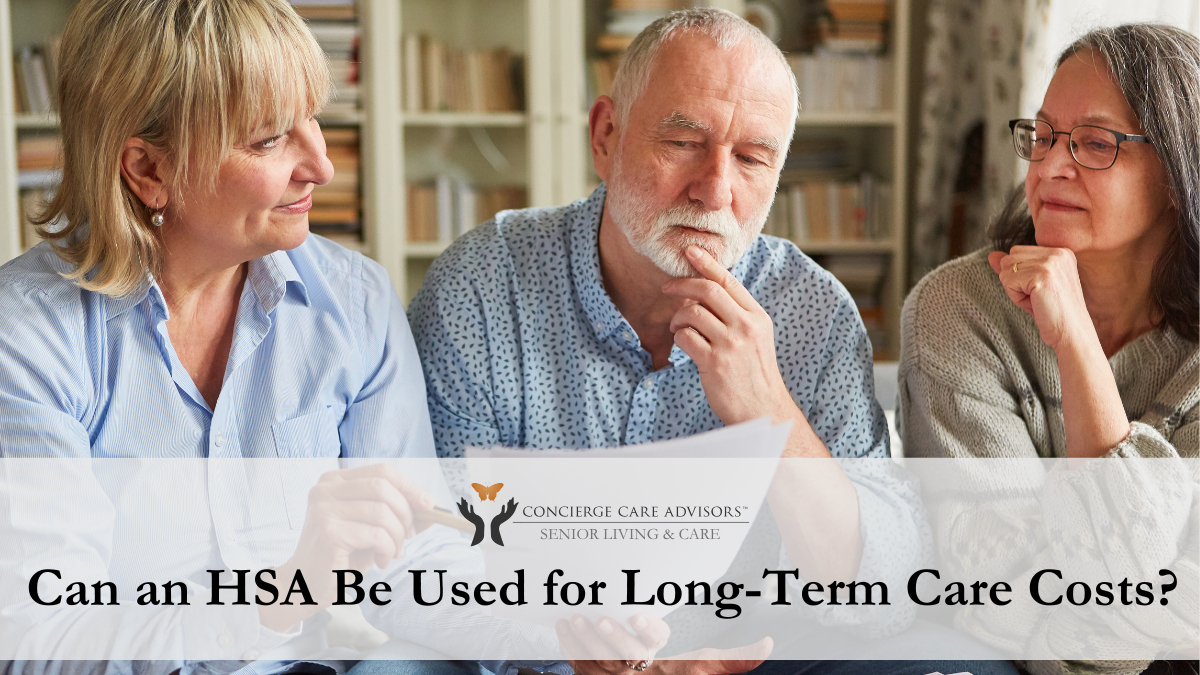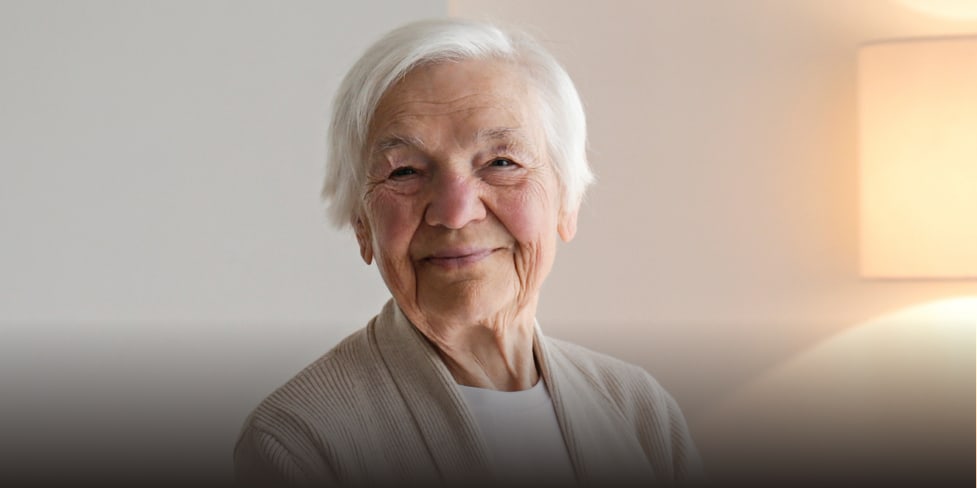By Kathy Finley, Director of Family Services at Concierge Care Advisors
Telemedicine Definition: What is Telemedicine, and Why Does It Matter?
Telemedicine, defined as the use of technology to deliver healthcare remotely, has transformed how seniors access medical care. This concept, which began with early communication methods like telegraphs and radios, has evolved to include smartphones, video conferencing, and remote patient monitoring systems. Today, telemedicine is an integral part of senior living and care, offering convenience, safety, and accessibility.
The Growing Importance of Telemedicine
Overcoming Technology Barriers
One common concern about telemedicine is the technology itself. Seniors often worry about using apps or devices for virtual visits. However, with guidance from professional care advisors or family members, these tools can be easy to navigate. Platforms like Google Duo, FaceTime, and Zoom make connecting with doctors more accessible than ever.
Telemedicine During COVID-19
The COVID-19 pandemic accelerated the adoption of telemedicine. By reducing the need for in-person visits, telemedicine minimizes exposure risks for seniors, making it a safer option. Reports indicate a dramatic shift, with some providers conducting 95% of their visits virtually.
Benefits for Senior Adult Health
Telemedicine offers numerous advantages, including:
- Convenience: Eliminates the need for travel, traffic, and parking fees.
- Time Savings: Reduces time off work for caregivers and shortens appointment times.
- Accessibility: Enables seniors with mobility issues or chronic conditions to access specialists without leaving home.
Specialized Telemedicine Services
Teleradiology
Programs like teleradiology allow radiologists to interpret CT scans and MRIs remotely, benefiting patients who cannot travel long distances to see a specialist.
Virtual Cancer Consultations
Hospitals like Moffitt Cancer Center and Massachusetts General Hospital report a surge in virtual consultations, making life-saving care more accessible for cancer patients.
How to Get Started with Telemedicine
The AARP offers a helpful six-step guide to navigate telemedicine effectively:
- Consider Your Condition: Telemedicine is ideal for mild conditions but not for emergencies.
- Check Your Insurance: Ensure telehealth services are covered under your plan.
- Pick a Provider: Choose a trusted primary care physician or reputable urgent care center.
- Prepare for the Visit: Ensure your device has a camera, stable internet, and a quiet space for the appointment.
- See the Doctor: Follow instructions to connect with your provider via video or phone.
- Follow Instructions: Adhere to follow-up care, whether it’s further testing or prescription medications.
Telemedicine Definition: Cost Savings with Telemedicine
Telemedicine is also cost-effective. On average, a telehealth visit costs $40 to $50, significantly less than in-person acute care visits, which range from $136 to $176. This affordability makes telemedicine an appealing option for seniors on fixed incomes.
Embracing Telemedicine in Senior Living and Care
Telemedicine is revolutionizing how seniors access healthcare, offering a convenient, cost-effective, and safe way to stay connected to medical professionals. From routine check-ups to specialized consultations, this innovative approach ensures seniors receive the care they need without unnecessary stress.
Are you looking for expert advice on finding the right adult family home or assisted living facility? At Concierge Care Advisors, we connect families with trusted local elder care advisors who guide you through every step of the process. Whether you’re exploring senior living and care options or searching for personalized senior care solutions, our team is here to help. Visit our Contact Us page to find the support you need today.

























